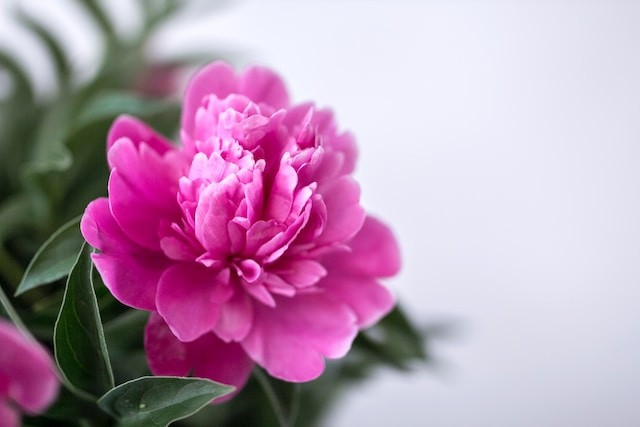Parts of eastern and southern Australia have had record-high winter temperatures for July, with early flowerings of spring bulbs and the emergence of tree buds in Tasmania.
The causes of unseasonal plant behavior

The main cause of the unseasonal plant behavior is the record-breaking warmth that has been affecting parts of Australia this winter, as per ABC News.
According to the Bureau of Meteorology, July was the warmest on record for New South Wales, Victoria, Tasmania, and South Australia, with some places experiencing temperatures more than 10 degrees above average.
This warmth has tricked some plants into thinking that spring has arrived early, and they have started to produce flowers and buds that are normally reserved for later in the year.
For example, some gardeners in Tasmania have reported seeing daffodils, jonquils, snowdrops and iceberg roses blooming in mid-winter.
Record temperatures are partly influenced by climate change, which is making weather patterns more variable and extreme.
Climatologists are also close to officially declaring an El Niño event, which could bring more dry and warm conditions to eastern Australia in the coming months.
The consequences of unseasonal plant behavior
However, premature growth could also make the plants more vulnerable to frost damage, pests, and diseases.
If a cold snap occurs, as it often does in late winter or early spring, the tender flowers and buds could be killed by the freezing temperatures and reduce the plant's ability to produce seeds, fruits, or nuts, or even affect its survival.
Some plants may also become out of sync with their pollinators, such as bees and birds, which may not be available or active when the plants are flowering. This could also affect their reproduction and seed dispersal.
Moreover, some plants may use up their stored energy and nutrients to produce flowers and buds early, leaving them with fewer resources for later in the year, which could weaken their growth and resilience.
Protecting plants from cold snaps
To protect plants from cold snaps, gardeners should follow some tips and strategies that experts recommend, as per Willy Weather.
Avoid pruning or fertilizing plants that have started to grow or flower early, as this could make them more prone to frost damage.
Cover plants with frost cloth, hessian or old sheets at night to keep them warm and remove the cover during the day to prevent overheating.
Spray plants with a protective product, such as an anti-transpirant or a seaweed solution, to help them retain water and resist frost.
Move potted plants to a sheltered spot, such as under a veranda or near a wall, to protect them from the wind.
Water plants well in the morning, but not at night, to keep them hydrated and avoid ice formation on their leaves.
Mulch around plants to insulate their roots and maintain soil moisture. They should also choose plants that are more resilient and suitable for their local climate, monitor their plants more closely and adjust their watering, pruning, and fertilizing practices accordingly.
By doing so, they can help their plants survive and thrive in any season.
Related Article: These 3 Tips Ensure Your Christmas Cactus Blooms Every Winter
© 2025 NatureWorldNews.com All rights reserved. Do not reproduce without permission.





